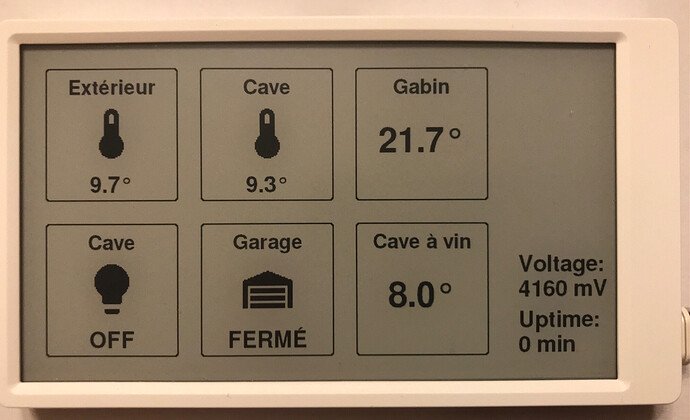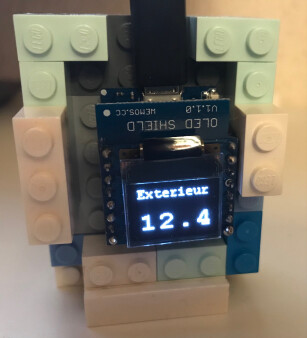This a copy of my post on the OpenHAB forums.
I wanted to start using zigbee at home, and I wanted it simple.
First, I bought Itead Sonoff Zigbee Bridge (SNZB or zbbridge) and flashed it with tasmota.
See https://notenoughtech.com/home-automation/flashing-tasmota-on-sonoff-zigbee-bridge or https://www.digiblur.com/2020/07/how-to-use-sonoff-zigbee-bridge-with.html (without soldering, but more HomeAssistant oriented).
It works fine, but I like items auto-discovery and don’t want to bother with magic-voodoo-json data extraction and formatting.
The article from digiblur shows native integration with HomeAssistant binding, and I’ve managed to achieve the same thing with OpenHAB.
So this is a litlle howto:
- Read Digiblur’s article and strictly apply all steps, except the HA ones. The related video is also helpful.
I uploaded the latest UART firmware (6.7.6), it seems you don’t have to stick to older 6.5.5 with OH
A the end, you should be able to telnet to port 8888
- Install socat, and bind your serial port to the zbbridge radio:
socat -dd pty,link=/dev/ttyzbbridge,raw tcp:192.168.x.y:8888
Of course, adjust the IP address to point the zbbridge one.
You can also specify owner and group with user-late and group-late to avoid permission issues :
socat -dd pty,link=/dev/ttyzbbridge,raw,user-late=openhab,group-late=dialout tcp:192.168.x.y:8888
- Install serial binding in OH
You must configure OH startup script to include `/dev/ttyzbbridge` as stated in the documentation
- Install Zigbee binding in OH
- Add a new Zigbee « Ember EM35x Coordinator » thing
Just set the serial port to /dev/ttyzbbridge. I didn’t touch other settings since I was not sure of what they really do
- Pair zigbee devices as stated on the zigbee binding documentation:
Search for Zigbee things
Put your device in pairing mode, it should appear.
Wait for the discovery to finish (a name should appear, not « unknow zigbee device »
- Enjoy !
I did this minutes ago, this is a basic procedure. I was able to pair Xiaomi plug, Aqara temp/hum and door sensors, and a Ikea Tradfri dimmer. Some of the devices don’t report battery status as zigbee2tasmota does.
- There is room for a lot of enhancements, for example:
Make socat a service with auto-reconnect
- Fine-tune the zigbee coordinator settings
Finally, it would be great the the serial binding allows Serial-over-TCP connections as HA does with socket://<your bridge IP>:8888 as serial port path.

